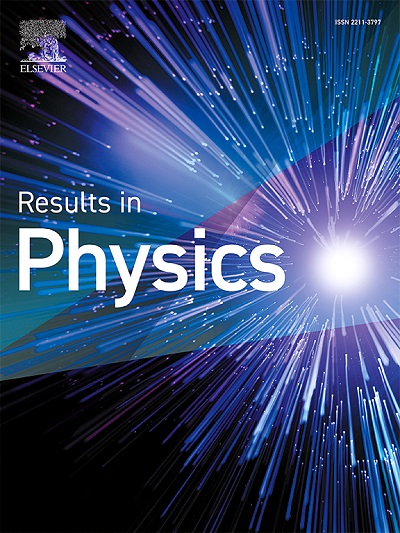Freeform reflection imaging system design based on subaperture integrating method
IF 4.4
2区 物理与天体物理
Q2 MATERIALS SCIENCE, MULTIDISCIPLINARY
引用次数: 0
Abstract
We introduce a novel design methodology for freeform reflective imaging systems based on the integration of multiple subapertures. Subapertures are systems with the same aperture as the designed system but only a relevant small field of view (FOV). The method is based on the premise that each subaperture can retain excellent local characteristics within its designated FOV. By assembling these subapertures, we are able to design complex optical systems that achieve high performance with a wide FOV. During the design process, the reflective surfaces of the freeform reflective imaging system are constructed by combining the sampling points of many subapertures and the corresponding normal vectors of these sampling points, to maximize the retention of local characteristics of each subaperture in the combined freeform system. This method can converge at a relatively fast rate compared with traditional design method. The designed optical systems based on the proposed method exhibit good performance and can serve as superior starting structures for further optimization. Furthermore, Practical examples presented validate the effectiveness and practical applicability of our methodology.
求助全文
约1分钟内获得全文
求助全文
来源期刊

Results in Physics
MATERIALS SCIENCE, MULTIDISCIPLINARYPHYSIC-PHYSICS, MULTIDISCIPLINARY
CiteScore
8.70
自引率
9.40%
发文量
754
审稿时长
50 days
期刊介绍:
Results in Physics is an open access journal offering authors the opportunity to publish in all fundamental and interdisciplinary areas of physics, materials science, and applied physics. Papers of a theoretical, computational, and experimental nature are all welcome. Results in Physics accepts papers that are scientifically sound, technically correct and provide valuable new knowledge to the physics community. Topics such as three-dimensional flow and magnetohydrodynamics are not within the scope of Results in Physics.
Results in Physics welcomes three types of papers:
1. Full research papers
2. Microarticles: very short papers, no longer than two pages. They may consist of a single, but well-described piece of information, such as:
- Data and/or a plot plus a description
- Description of a new method or instrumentation
- Negative results
- Concept or design study
3. Letters to the Editor: Letters discussing a recent article published in Results in Physics are welcome. These are objective, constructive, or educational critiques of papers published in Results in Physics. Accepted letters will be sent to the author of the original paper for a response. Each letter and response is published together. Letters should be received within 8 weeks of the article''s publication. They should not exceed 750 words of text and 10 references.
 求助内容:
求助内容: 应助结果提醒方式:
应助结果提醒方式:


